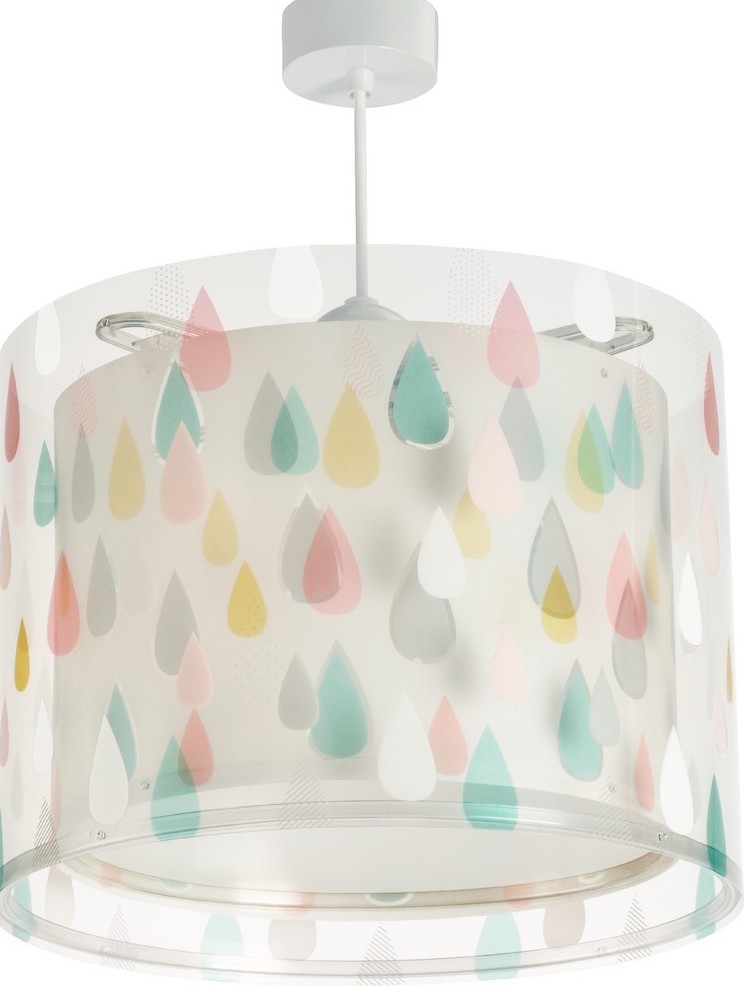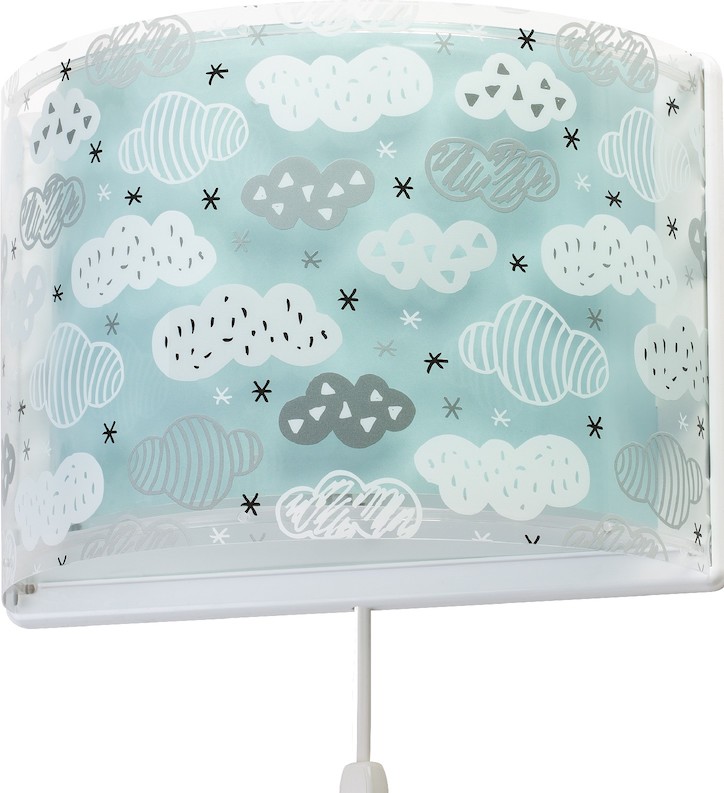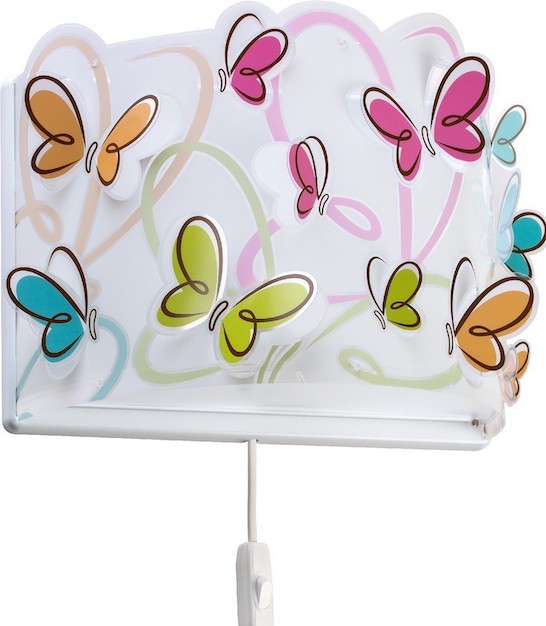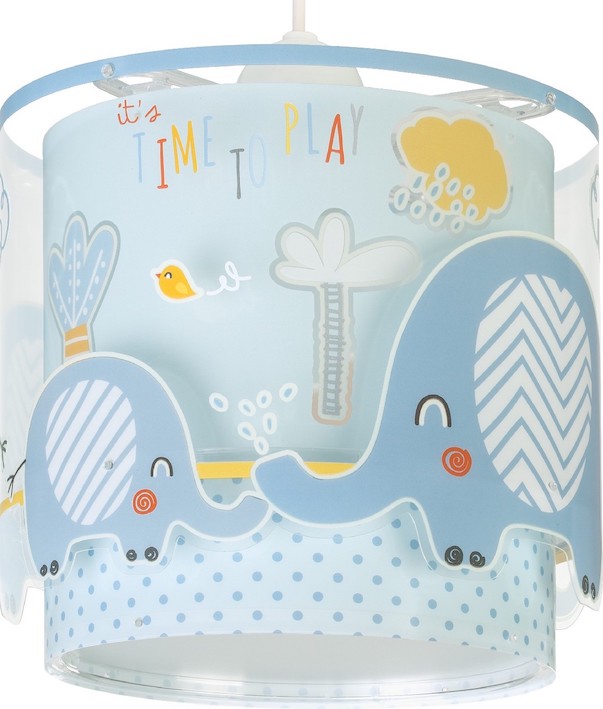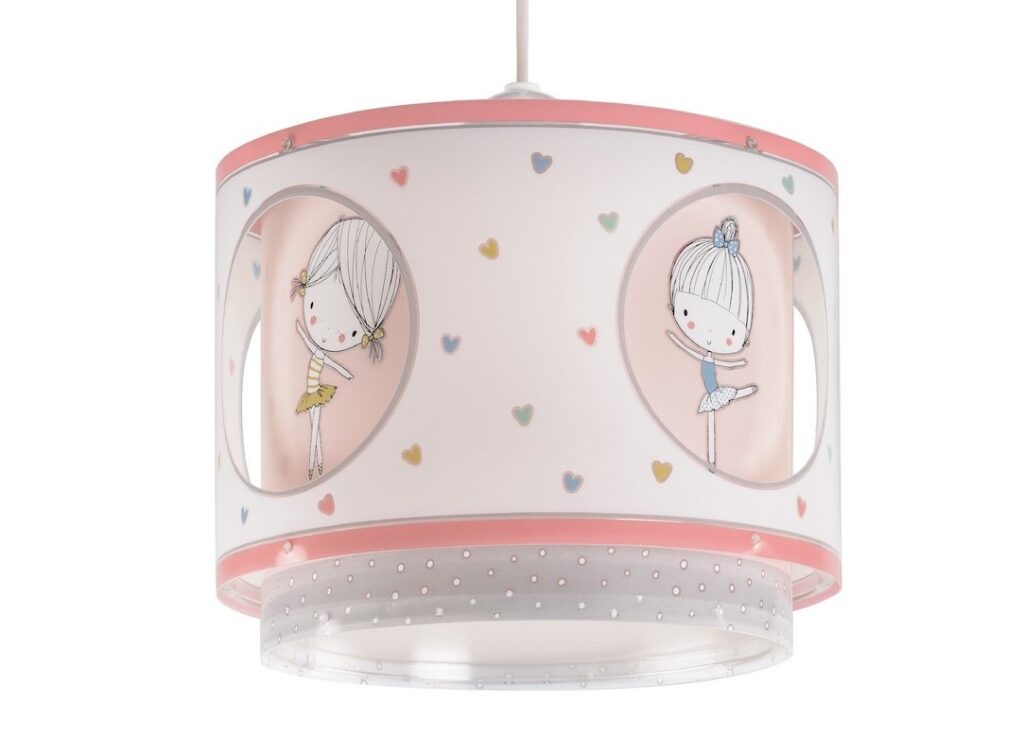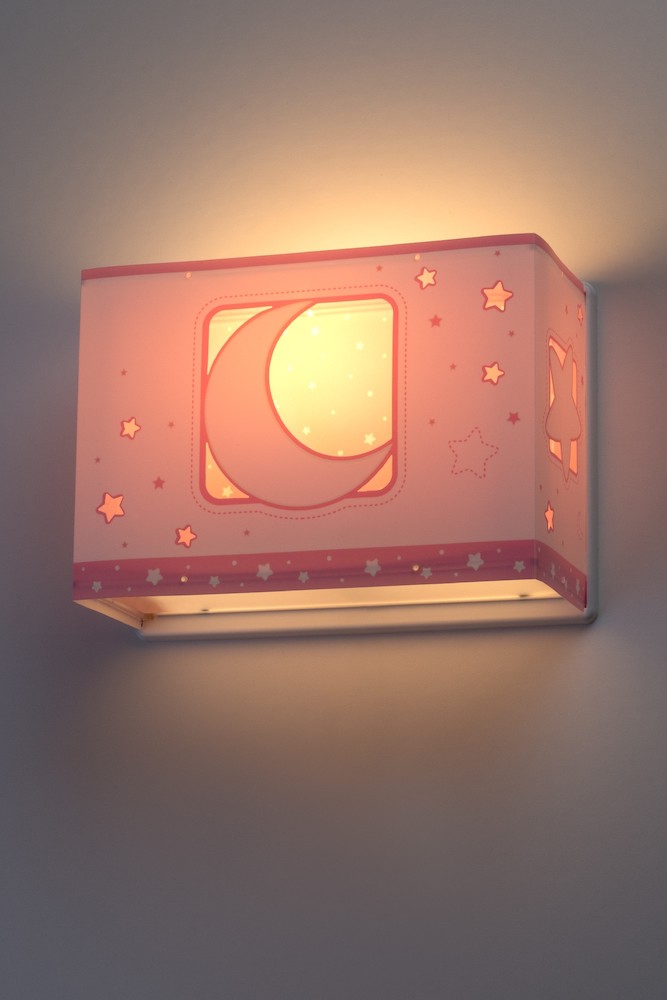The correct lighting of your living room is key to achieving two fundamental objectives: on the one hand, that you feel comfortable in it and achieve maximum light comfort. On the other hand, maximize the visual use of your living room and make it look at its best. Giving the space of your living room appropriate lighting will make you show the best of it and show all its depth and the details of your decoration.
And of course, another reason to properly illuminate a living room – as well as any other space in the house – is to achieve maximum energy efficiency. In this way, by rationalizing the type of lighting and the consumption it generates, we can contribute to reducing the final figure on the energy bill.
Phases to take into account when lighting a living room
What use will each area of the room receive?
You can give the room a single use, or if it is of a sufficient size you can choose to divide it into different spaces, either with physical partitions or creating different environments.
In larger dining rooms it is common to find areas dedicated to reading, watching television, or spending time with family or friends.
On the other hand, it is common for there to be an area dedicated to holding lunches and dinners, presided over by a large table.
Depending on the use you give the room and the areas in which you subdivide it, the lighting must be of one type or another.
The two types of light for the living room: ambient and general lights
The ambient light will be responsible for providing the dining room with a more welcoming and relaxing lighting, suitable for times of the day when we are not actively doing any activity.
A perfect example of when to use ambient light in our living room is during the time we spend watching television. In that time frame, being surrounded by a softer light will allow us to relax our eyes and not to be tense while we watch our favorite movie.
To this end, it is customary to provide the television area with ambient light by means of a lamp with warm lighting. In this way, in addition to helping to create a relaxed atmosphere, we will compensate for the brightness of the television and reduce the light contrast, helping to relax the eyes.
An effective way to achieve favorable ambient light is through wall sconces, which distribute the light in a general way and without projecting it directly onto any surface. They project the light towards the ceiling more diffusely and will provide a softer overall light.
On the other hand, the general light will allow us to illuminate the entire room evenly, and is usually achieved with the installation of a lamp in the central area. This can be both a ceiling lamp and a ceiling lamp that distributes the light well throughout the room without shadows. Another optimal option is to locate directional lights in the central area and achieve general lighting of the room by zones.
How to properly light the dining room table
Accompanying the living area, in the dining room we will find the area enabled for lunch or dinner. Normally for this we will find in the living room a table of considerable dimensions, which must be sufficiently illuminated to favor an active environment, where we can interact with our family or guests … and at the same time not detract from our favorite dishes with poor lighting!
The objective is that the entire area of the table is well lit, and for this we have two options: the first is to illuminate the table only with a large pendant lamp. In this case, they are lamps with a certain light power and that distribute the light well, covering the entire surface of the table. In turn, the light from these lamps can be direct and reach the surface directly, or be diffuse light: in this case the light is dampened by some element before reaching the surface to be illuminated, such as a diffuser.
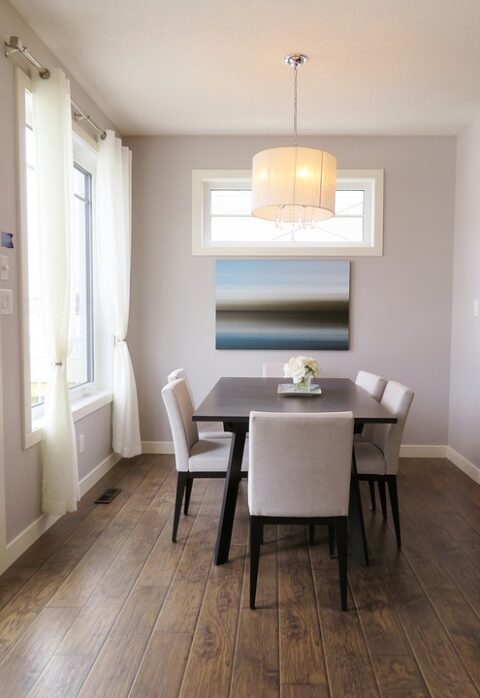

Another very popular option is to configure two lamps on the vertical projection of the table that divide this space. In this way we will have a lamp for each hemisphere of the table, creating a symmetrical and uniformly illuminated space. By having twice the lighting we can use slightly less powerful bulbs, but always in white tones tending to the intensity of natural light. Warm-toned lights (tending to yellow) should never be accepted for this area.
Illumination of the living room reading area with cold light
Another of the frequent uses that we usually give to the living room space is as a reading corner. If we have a comfortable chair or an armchair where we can spend hours comfortably seated, this will be the ideal area to relax and enjoy a good book, the newspaper or perhaps our favorite magazine.
For this it is extremely important, as we already reviewed in our article on which is the best light for reading, that we provide that area with a cold light that facilitates reading and avoids visual exhaustion.
This cold light ranges between 5000k and 4000k of power, and is the one that most closely resembles sunlight. Therefore, and in the absence of natural light – either because of the configuration of our home or because it is at night when we go to read in the living room – this light will facilitate that our reading is relaxed and in no case we have to strain our eyes.
Take advantage of natural light to illuminate the room whenever you can
Using sunlight to illuminate any area of our home should always be our priority. In this article we explain the best tricks to maximize the entry of natural light into your home.
Sunlight is what our body is naturally accustomed to, and the one that will make us feel more relaxed, both physically and visually, than with the use of artificial lighting throughout the day.
In this sense, it is important, as far as possible, to illuminate the dining room with as much natural light as possible. Normally the dining rooms are located in an area outside the house, which makes it common for us to find large windows, or at least a direct entry of light from the outside that allows sufficient lighting.
If this is not your case or you do not have the opportunity to open window openings in the walls, you have the option of using skylights and pavements, which are very useful when allowing light access to our dining room.
Another trick that we already mentioned in the previous article is to provide the windows with translucent curtains that allow the passage of light instead of deadening it. It is also very important to avoid any wall or partition that is not essential. Encouraging the dining room to be as open-plan as possible will make natural light more easily distributed through it.
But if, due to the configuration of your home, you do not have the opportunity to get plenty of sunlight, we help you in the task of choosing the lighting that suits you best. For this we have prepared our Dalber lighting guide, which you can consult here.
Artworks? Dedicate them the light they deserve!
If you are one of those who gifts the walls of your living room with works of art, which give elegance and distinction to the room, make sure that the attention is located on them through the appropriate lighting.
You can achieve this lighting on paintings or works of art by means of wall lights, which are installed specifically on the work and provide them with directed light. Another very frequent option is, as we saw before for libraries, to use a recessed spotlight that you can direct. In this way, on this occasion instead of directing the beam of light towards the library, we will do so towards the work that you want to highlight.
What lamps to use to illuminate a room?
To achieve optimal lighting in your living room you can combine the use of different types of lamps, each with specific functions.
Reading lamp
The reading lamp for the living room will ideally be a floor lamp, offering a light powerful enough to read without straining your eyes. Ideally, it should be provided with an adjustable arm that allows directing part of the lighting towards the book we are reading. Many of these floor lamps for the living room also have a regulator that allows us to modify the amount of light they generate, something perfect to achieve different environments with the same lamp.
Library lighting lamps
If we are great readers and we dedicate a prominent corner of the room to maintaining a small library, it will be highly recommended to dedicate some specific light to it.
For this, there is nothing better than placing discreet recessed spotlights on the ceiling that direct the light towards it. In this way, in a very sober way we will obtain points of light that put your books in the spotlight.
A more modern option is to use clamp lamps on the shelves, so that the lamp is directly integrated into the furniture assembly.
General lighting lamp
Establishing a central light to achieve general lighting is a good idea as long as it has enough power to reach all the corners of your room. Placing some directional lights by zones is another option that will create a unique effect and will allow you to highlight some areas over others, adapting the lighting to the occasion.
As a third option, the panels are perfect to achieve a uniform light, since they are glued to the ceiling and do not usually generate shadows.
Table lamps
They are a good tool to achieve spot lighting in specific locations, as well as to create warm ambient light in specific corners. Place it on the furniture or table that you want to highlight and you will see how that environment takes on a new life, especially if you give the light a special tone through the use of specific screens.
Dining table lamp
As we mentioned before, this will be one of the main lights in the dining room. A very elegant option is to establish a single lamp that evenly illuminates the entire table. Failing that, you can hang two lamps that symmetrically divide the vertical projection space of the table.
In any case, the recommended distance between the light source and the table should be around 60-70 centimeters, as this will not create shadows on the surface.
Do you have a lighting trick that works well in your living room? Leave it in the comments, we will be happy to read you.
Common mistakes when choosing children’s lamps and how to avoid them
Lamps that grow with your children. Versatile ideas for youth bedrooms
How lighting influences the sleep and well-being of babies and young children
Pixel Art – Minecraft
We remember Minnie Mouse
Table lamp assembly instructions update
New collection of children lamps Baby Bunny
Night light for babies, a perfect way to softly illuminate their nights
Children’s wall lamp: illuminate and decorate the children’s room
